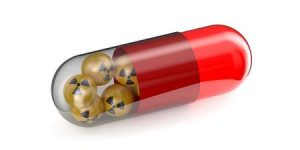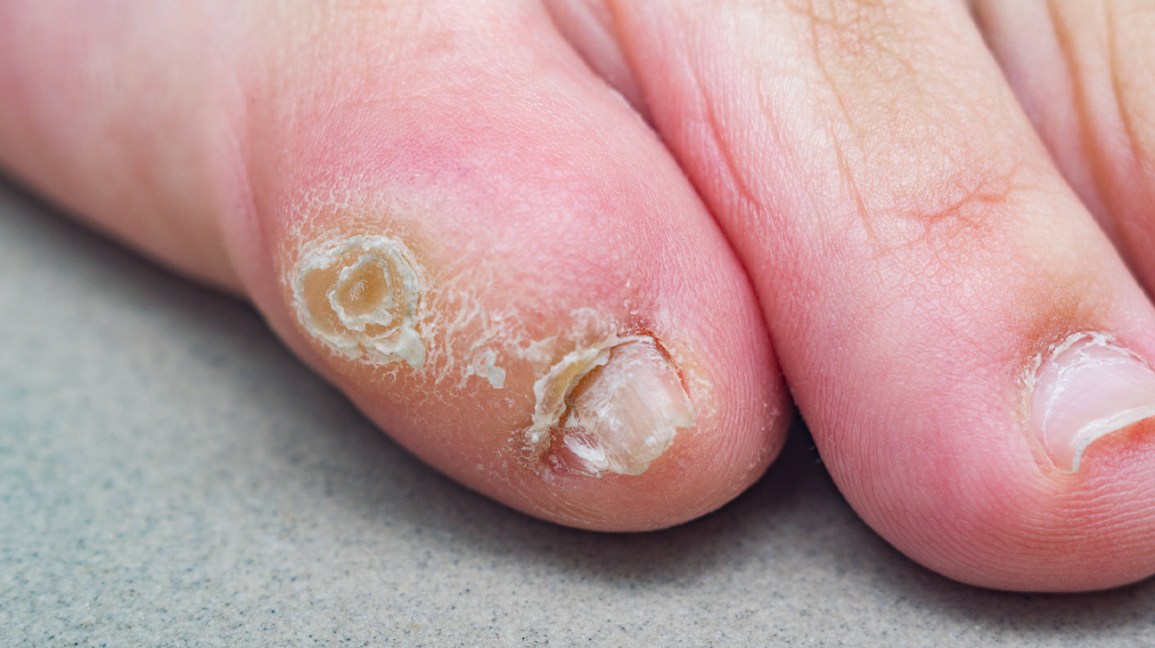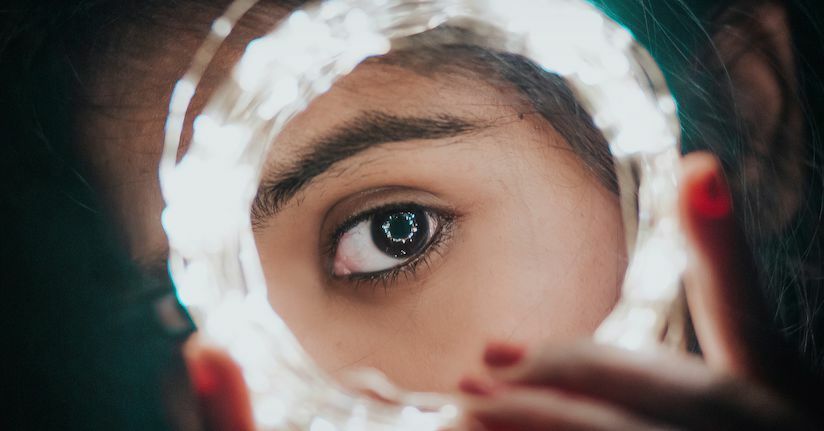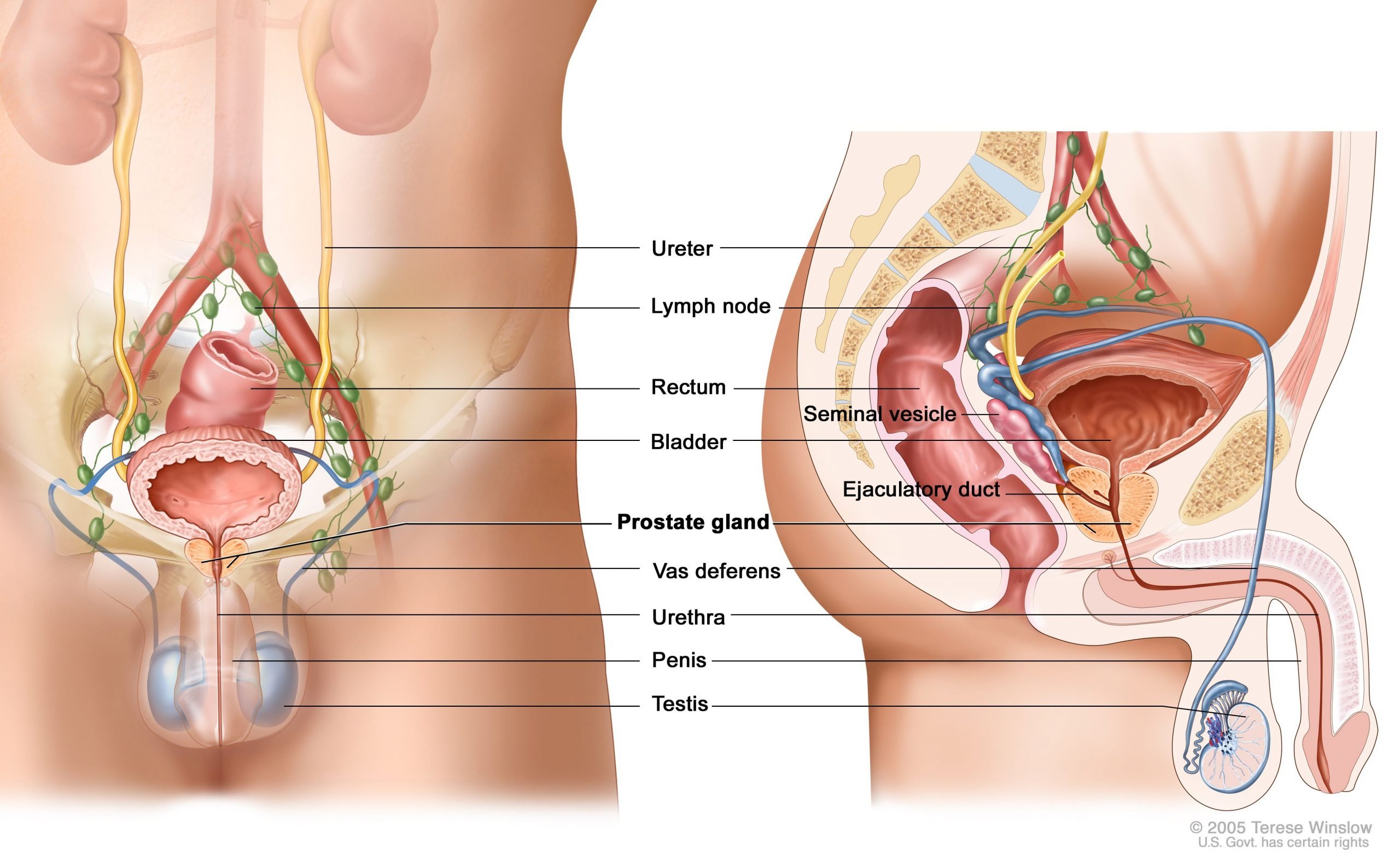What is iodine therapy and what are its advantages and disadvantages?
Iodine therapy is a treatment for hyperthyroidism or thyroid cancer. The gland is gradually destroyed and is one of the most widely used methods in the United States and has many advantages over other methods. Join us to learn about the advantages and disadvantages of this method of care.

What is iodine therapy?
The use of radioactive iodine is a permanent and safe method in treating thyroid cancer that can be used for complete or partial destruction of the thyroid gland. Still, most patients must have this gland removed utterly.
Testing and determining the required iodine dose:
To remove part or all of the thyroid gland, your doctor must first select the required amount of iodine, which is also necessary because of hyperthyroidism and tissue information, along with a radioactive iodine scan.
Tiny amounts of iodine are used to determine the required dose, and the doctor scans the thyroid gland to examine healthy tissue and the patient to determine the necessary dose. The two main factors at this stage are the size of the thyroid gland and the results of the uptake test, and as the volume of the gland increases or the uptake decreases, the amount of iodine also required increases.
How does iodine therapy work?
In this method, patients use radioactive iodine in oral tablets, and therefore there is no need to be hospitalized. After seeing a doctor, the patient’s condition is checked.
Due to the effect of radioactive iodine on other cells in the body, it has the highest absorption in the thyroid gland, and other cells are far less at risk of being killed. Still, doctors consume more fluids to expel radioactive iodine more quickly.
You may only need one dose, but in any case, it takes about six months for iodine treatment to be completely effective and part of the gland to be destroyed. Fortunately, most patients experience a reduction in symptoms one month after starting treatment. If these symptoms do not go away after six months, be sure to consult your doctor!
Side effects of iodine therapy:
Although this method is safe, it may be associated with complications, the most common of which is hypothyroidism. Iodine therapy generally kills many thyroid gland cells and causes the gland to stop producing enough hormones. In this way, the patient may face the opposite problem before treatment!
This may not seem wise at first glance, but researchers have concluded that treating hypothyroidism is much easier and less expensive in the long run. With hypothyroidism, the patient must be treated for a long time with hormone replacement therapy, but this is a safe and cost-effective method. Some complications, such as the following, may occur in patients:
- The taste of metal in the mouth may last one to several weeks.
- Nausea, which usually goes away one to two days after treatment
- Swelling of the salivary glands may take several weeks.
To prevent swelling of these glands, you can stimulate saliva flow one day after iodine treatment. For example, you can drink a small amount of lemonade or chewing gum, and sucking hard chocolate is also recommended by some experts.

Post-iodine care:
- The treating physician discusses post-treatment care with the patient.
- Depending on the dose, the patient should sleep alone for several nights.
- Patients receiving iodine therapy should avoid close contact with children, such as hugging and kissing, three to seven days after starting treatment.
- For the first three days of iodine therapy, avoid socializing and using public transportation, etc.
- For the first three days, keep and wash items such as towels and personal items, dishes, etc., away from other people. Any discharge from the body, such as saliva or sweat, is radioactive, and you must be careful not to contaminate the house! Also, drink plenty of water in the first days and take a shower daily.
- Blood tests are needed four to six weeks after starting treatment, once a month for three to three months for symptoms to continue, and check thyroid hormone levels once a year.
- Iodine therapy for ocular thyroiditis can be dangerous, so you should tell your doctor if you have an eye problem.
- Iodine therapy can cause dry eyes, and if you wear contact lenses, talk to your doctor to determine how long to avoid them.
Finally, if you have fears, questions, or concerns about iodine therapy, talk to your doctor and not let stress and anxiety interfere with your decision.

Effects of iodine therapy in pregnancy and infants:
Many people worry that this method will interfere with their fertility, but iodine therapy is not a problem. However, this method may cause irregular periods in women or decrease sperm in men and affect the fetus and baby. After iodine treatment, you should pay attention to the following points:
Pregnant women or people who plan to become pregnant in the next six months should not use this method, as it destroys the fetal thyroid gland and causes it.
Iodine therapy is not recommended during breastfeeding.
Always stay away from babies and children after iodine treatment and stay away from pregnant women for two to three weeks.
Result:
Iodine therapy is a safe, low-risk, and effective treatment for hyperthyroidism commonly prescribed in the United States. Many people have considered the use of iodine therapy in Iran due to its many benefits, such as durability in treatment and high security. Still, to achieve the best results and the least side effects, you must pay attention to all points.
Post-iodine care is more about keeping a distance and reducing contact with others to prevent injury, and you should be more sensitive to pregnant women and children under five.










